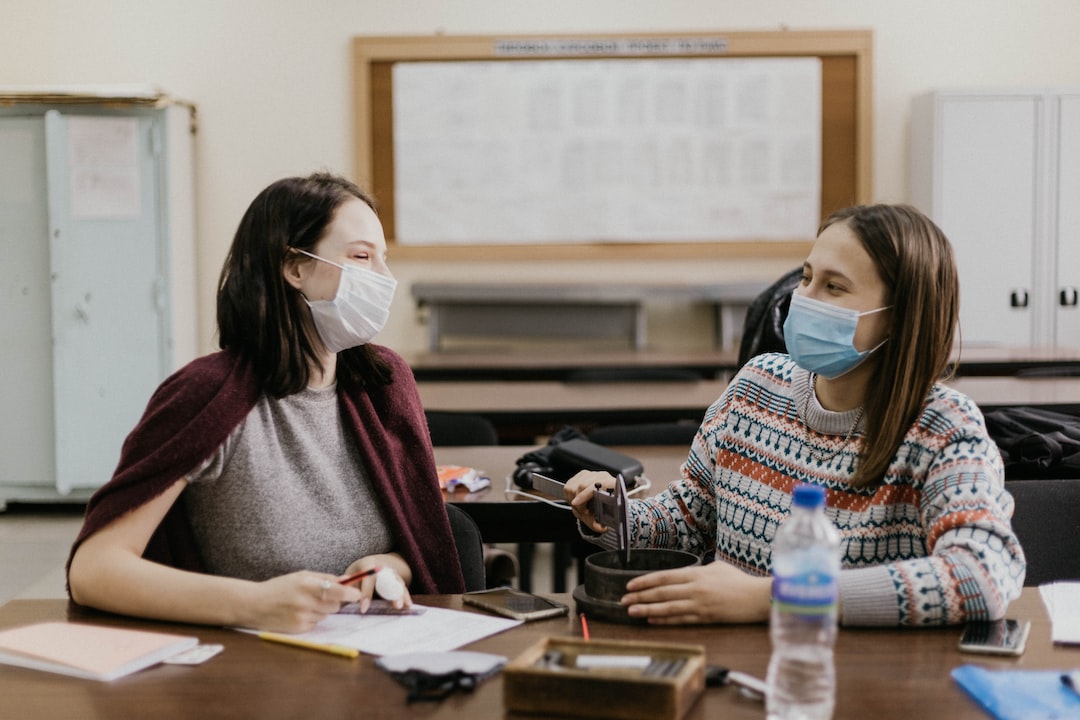Cultural competency in education is essential in today’s diverse classrooms. It includes the ability to understand and appreciate different cultural backgrounds, beliefs, customs and attitudes of students, and use this knowledge to enhance teaching and learning experiences. Culturally competent teachers understand that every student has unique learning needs, and they adapt their teaching style to accommodate students’ cultural and linguistic diversity. In this article, we explore ways to improve cultural competence in education.
1. Training Programs: Teachers and educators should be trained in cultural awareness and sensitivity, understanding of socio-cultural factors such as language, race, ethnicity, and religion, as well as cultural biases and stereotypes. This can be done through workshops or training programs to address knowledge gaps, and also to promote self-reflection and understanding.
2. Multicultural Curriculum: A multicultural curriculum that reflects students’ cultural backgrounds and values is essential for promoting cultural competence in students. Educators can include literature, history, and other subjects that acknowledge and promote diversity and also provide opportunities to explore different values, beliefs, and cultural traditions.
3. Inclusive Teaching Practices: Teachers can promote a culture of inclusivity by creating a welcoming environment in their classrooms. This involves using inclusive language, curriculum, and instructional practices that recognize and value all students’ cultural backgrounds, experiences and gifts. Teachers can also use culturally responsive instruction, which uses instructional strategies that are sensitive to students’ home cultures.
4. Intercultural Communication: Effective communication is one of the most important tools in promoting cultural competence in education. Teachers should have strong communication skills that enable them to understand and appreciate students’ perspectives, allowing them to build positive relationships with students of diverse backgrounds.
5. Parental and Community Engagement: Parental and community engagement is also crucial in promoting cultural competency in education. Teachers can involve parents and the community in school activities and events, including multicultural festivals, guest speakers, and family nights. This creates an environment that fosters collaboration, respect, and understanding, which can improve students’ academic and social outcomes.
6. Exposure and Immersion: Teachers and students should also have exposure to diverse cultures and lifestyles to gain a deeper understanding of the world beyond their own personal experiences. Cultural trips, field trips, and social activities can expose both teachers and students to different cultures and lifestyles, allowing them to explore and appreciate the differences and similarities that make up our society.
In conclusion, improving cultural competence in education is not only necessary but also achievable. It involves training programs, multicultural curriculum, inclusive teaching practices, intercultural communication, parental and community engagement as well as exposure and immersion. Teachers and educators should be empowered with the knowledge and tools to promote cultural sensitivity, appreciation and respect in their classrooms. By promoting cultural competency in education, we can create inclusive learning environments that celebrate diversity and enhance learning outcomes for all students.

